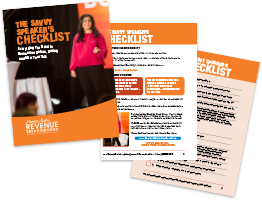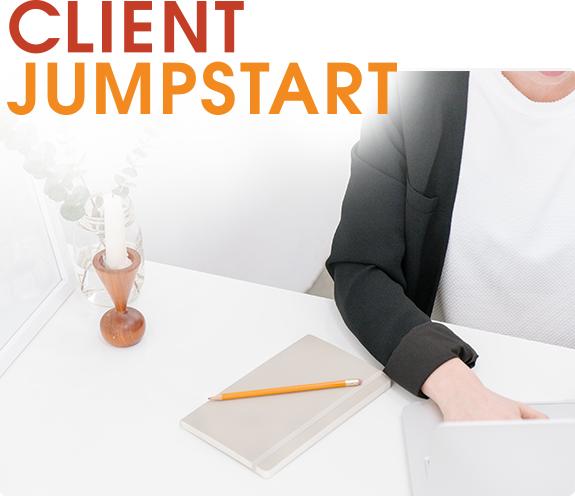Sprinting, Jogging, and Walking: Avoiding Burnout and Overwhelm
Sometimes we get to August 1 and think, “Oh my gosh, it’s the last month of the summer, and I haven’t rested enough.” “I haven’t enjoyed the summer enough.” “I’ve been working too hard,” or “I’ve just been way too busy with family.” We start to beat ourselves up and worry that we’ve missed out on really precious summer time. But more importantly, we start to encounter burnout and feel overwhelmed.
When I work with my clients on avoiding burnout and overwhelm, especially in the month of August, I like to emphasize that there are different rhythms in business.
There are three different rhythms that I like to describe: sprinting, jogging, and walking. And the key to enjoying your entire year is planning out ahead of time when you’re going to be sprinting, when you’ll be jogging, and when you’ll be walking.
A sprint is a really, really busy time.
This could be the weeks leading up to an event or mastermind; before and during a launch; when you’re doing something for the first time, like a new corporate assignment or a big speaking event; or if you’re managing a busy month in your business alongside a big personal life event.
During sprint periods, you’re typically ignoring all of your boundaries.
You’re starting work earlier in the morning than you would like. You’re not doing as much of your morning routine. You’re rushing through your day without a lot of breaks. You’re probably working later than you would like to and abbreviating your evening routine. You’re not spending as much time with your family.
But what you are doing during a sprint period is getting something very important done in your business and/or in your personal life.
During sprint periods, there’s a tendency for your brain to tell you that, because you’ve somehow ended up working all the time, you must have failed yourself, and work will be this way for the rest of your life.
It’s really important to remind yourself that this is temporary – that you’re just going through a sprint period.
It’s also super important to limit your sprint periods – most people can’t sprint for more than four weeks, or at most six. For some people, a sprint won’t last more than two weeks. It really depends on your stamina.
Another key is to plan a walk period directly after a sprint period. During a walk period, you’re not working nearly as hard. Maybe you’re working from 10 a.m. to 2 p.m., or less. Work is not your number one priority. Life – loved ones, self care, joy, and health – are your number one priority.
During a walk period, your brain will tend to tell you that you don’t deserve to be resting, that you should keep going. It’s hard to give yourself permission to slow down, especially after the intensity of a sprint period.
I often plan walk periods after my big three-day events – when I’ve become accustomed to pushing myself to the extreme – and I’ve noticed that I have to be very intentional about letting myself move more slowly.
Typically, your walk period can be as long as you need it to be. If your sprint period lasted for four to six weeks, I’d suggest your walk period be at least three to four weeks long so that your nervous system can really return to working order.
Jogging periods are regular work periods, when you’re working during the day, but also honoring your boundaries. You have time for your morning routine. You start your day at 9 or 10 a.m., and work until 4, 5, or 6 p.m.
You have a nice after-work routine. You’re not super stressed out. You’re feeding and taking care of yourself. You have the energy to be with friends and family when you’re not working.
What’s interesting is that I meet so many entrepreneurs who spend way too much time sprinting, and then they wonder why they’re burnt out. Some people spend way too much time walking, and then wonder why their business isn’t really growing at the pace that they’d like it to grow.
Most of the business owners I know haven’t really established a jog routine. They don’t know what it feels like to run a business on middle ground, to consistently work during the day and take really good care of yourself in the mornings and evenings.
So many entrepreneurs are always drifting between sprint periods and burnout-induced walk periods.
For some of you, it can often feel like those are your only two options – to walk, or to sprint.
This week, as we move into August, I want to invite you to look at the rest of your year and think about when you’re walking, when you’re jogging, and when you’re sprinting.
For many of you, this might be a great time to walk, to allow yourself some extra time to sit in the grass or take your kids to the pool – especially since so many of us will go into sprints in September.
Breaking down walk, jog, and sprint periods is a great way to evaluate how to manage your business and still have a personal life – and now is the perfect time to start doing it.








